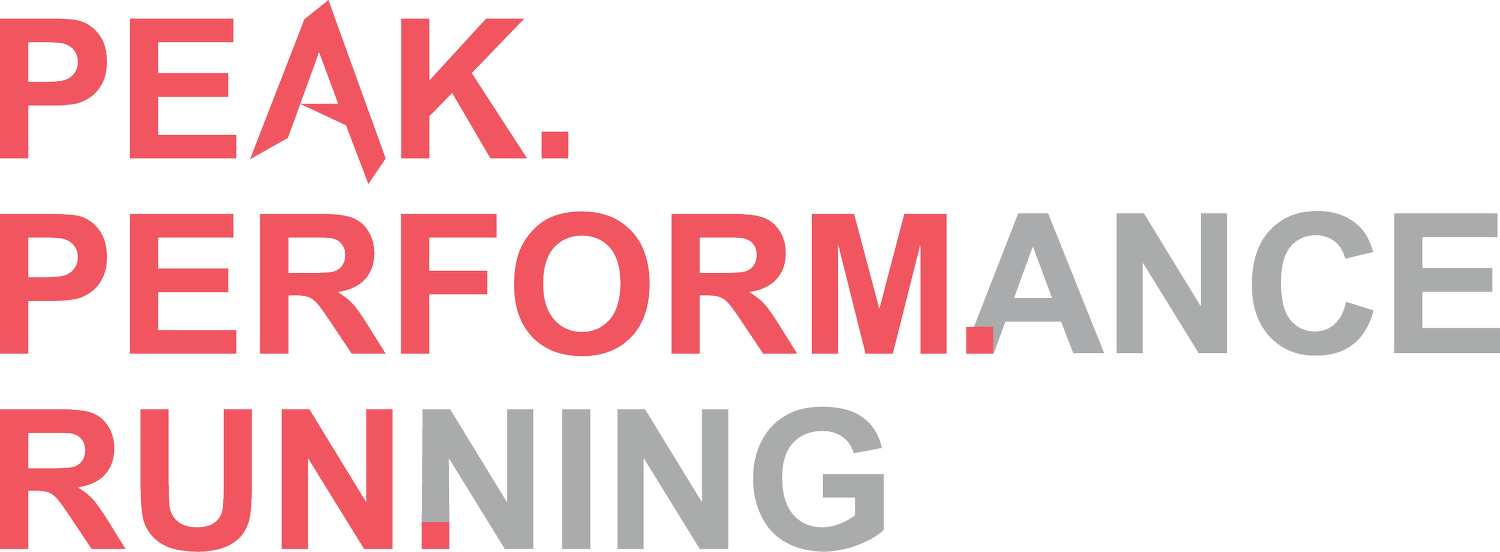Segment 9: Strength Training for Distance Runners
Strength Training for Distance Runners
Distance runners are often profiled as frail, weak, and even unathletic and at PEAK, we’re doing what we can to change that outlook. Since 2017, we’ve been integrating strength and conditioning into our programs from Middle School on up. When it comes to lifelong sports you can practice - running and strength training are 2 sports that increase your longevity, decrease cardiovascular disease, and relieve daily stress. Our athletes that leave to pursue running in college seek out programs that prioritize strength training because it becomes more than another thing on their plate, it becomes a central function of their fitness and performance. We’ve shown again and again that we build strong and capable athletes through proven workouts as well as proven progressions in the weight room that compliment what we do on the track. The weight room is where we pattern great mechanics, reduce injury, and uncover our inner athlete.
I want to dispel 1 myth and discuss one major benefit of strength
More Muscle = Slow & Bulky
Running Mechanics + Patterning
The Muscle Mass Myth(s)
Let’s put this to rest right now. If you lift, you will not automatically become a hulking bulked human. To gain a large amount of mass you must eat a diet that supports building bulky mass and actively try to maintain that mass. When you see bodybuilders and figure athletes understand that the majority of them are not running 30-60 minutes/ day AND lifting. There are very few athletes who run distance AND lift for competition and figure.
Myth #1: “If I lift weights, I will get lots of muscle quickly”
To get large, massive muscles, you have to fuel them with thousands of daily calories, and you must lift very heavy, very often. To get big, you have to take an intentional focus on building that “type” of muscle. Gaining muscle is not like catching a cold, you won’t walk into the gym and suddenly get afflicted with muscle. I’m not saying you shouldn’t lift for mass or hypertrophy as a runner, it truly depends on what you plan to do with that mass and do you want to do the work to build that mass? It takes months to build muscle mass and if you are also running 30-60 minutes/ day your body will be in a constant state of recovery. It is a tricky balance to lift heavy and run lots of mileage - most HS runners will fall somewhere in the middle. Heavier lifting protocols tend to benefit anaerobic athletes more than aerobic athletes. This is where we start debunking myth #2 about having muscle and being “slow"“
Myth #2: “ If I lift, I will get slower”
Let me further qualify that statement: “If I lift, I will get slower, as a distance runner”, this is often because distance runners are concerned about carrying an “unnecessary “ amount of muscle mass. It can be hard to talk about bodies and when we think about our bodies as HS runners, understand that your body is in transition and change well into your early 20’s. For the majority of runners, if you are running moderate to high mileage and lifting - your body will only take on that which makes it more efficient at doing the task. This is part of how our bodies adapt to our surroundings. In the summer, your body becomes more efficient at sweating so when you lift and strength train - your body becomes more efficient at that specific movement pattern. I’ll spare you the deep dive but the main point here is that if you lift as a distance runner, you will become more efficient which often means that you are less exposed to injury andhave more efficient mechanics. Sprinters and Distance runners lift differently to get different results. The strength training I prescribed delivers a specific result: efficiency and injury resistance.
Running Mechanics & Patterning
I first learned that strength training doesn’t have to involve more than body weight from my first coach, Rob Lillie. He still teaches muscle memory classes and I was one of his early athletes. What he focused on was creating exercises and movements that replicate key phases of our running gait. This is as simple as resisted running in place, to box step-ups, to static lateral hip holds. These movements often lack flash and complexity and are rooted in maximizing the ability of the muscle and muscle groups to resist fatigue. In running we rarely rise to the height of our training potential instead we fall to our most basic patterns. If we train our basic patterns to resist fatigue, train distances longer than we race, and practice mental strength in training - we can perform at a high level consistently for weeks and months on end without breakdown.
Training builds good habits or bad habits, at our best we get more efficient the more we run and at our worst, our sport hurts us because it knows no other way to complete the objective you’ve set forth. Strength training and patterning allows us to break down running into pieces and build efficiency into every step of our training runs. We resist injury by focusing on common weak areas and building strength to resist breakdown, overuse, and inefficiency. Strength training can teach your body how to run the “right way” and is as close to a short cut as you get to building free speed.
The idea of “Free Speed” is what I try to explain in my running mechanics sessions; it’s about maximizing what you’re already doing. The more you focus on becoming efficient in how you run, you are allowing your current fitness to fully show up. Running with poor mechanics is akin to driving your car with 4 flat tires, you will get from point to point but you’ll use a lot more gas and put more wear and tear on the components unnecessarily. Free speed is built by maximizing all phases of gait and when you’re running 180 steps/ minute for a 20-minute 5K - you’re getting the most out of those 3,600 steps.
Running Form Strength Program
In the above link, you’ll be able to download Phase 1 of my Running Form Strength Program. This program is designed to be completed at home or at a gym with minimal equipment. This program is 3 sets of 3 movements plus a few extras that I think build the foundations of a great distance runner. Are there movements I don’t have in here that I think are amazing, absolutely. Are there movements missing that you require barbells and dumbbells - yep, not everyone has those at home. I wanted to deliver a program you could do today that will help. you reduce your chance of injury and get the most out of your current running fitness.
Check it out, get some free speed, and look even better in your race photos!

